Atrial Fibrillation Ablation in Congenital Heart Disease: Therapeutic Challenges and Future Perspectives
Journal of the American Heart Association
JANUARY 9, 2024
The increasing prevalence of atrial fibrillation (AF) in adults with congenital heart disease raises significant questions regarding its management. The unique underlying anatomic and physiological background further adds to the difficulty in eliminating the AF burden in these patients.











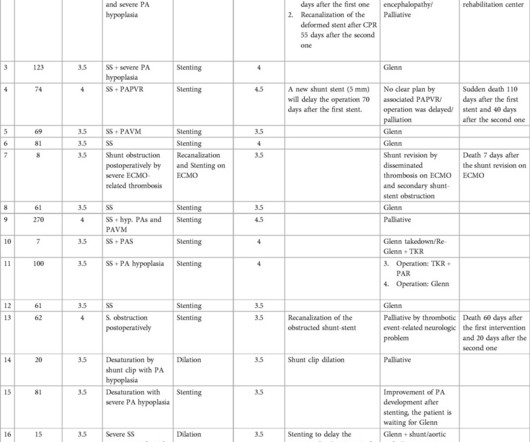




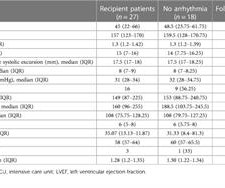
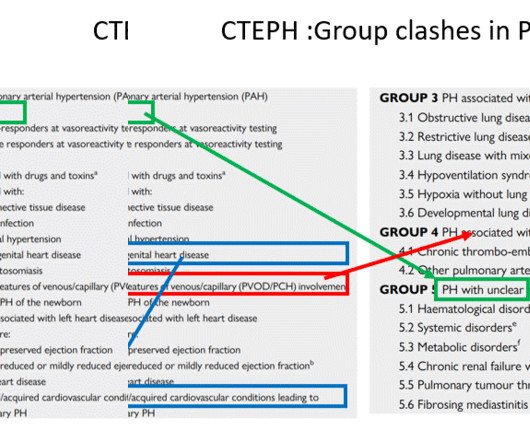

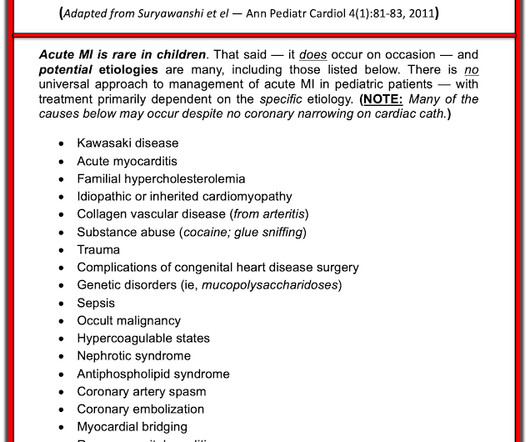
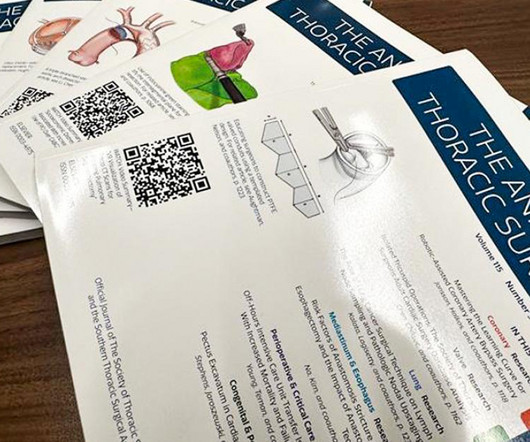
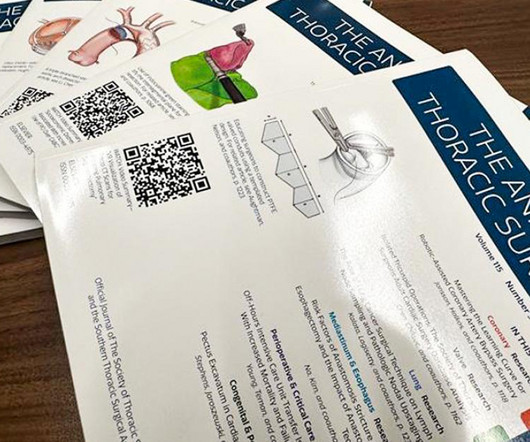






Let's personalize your content